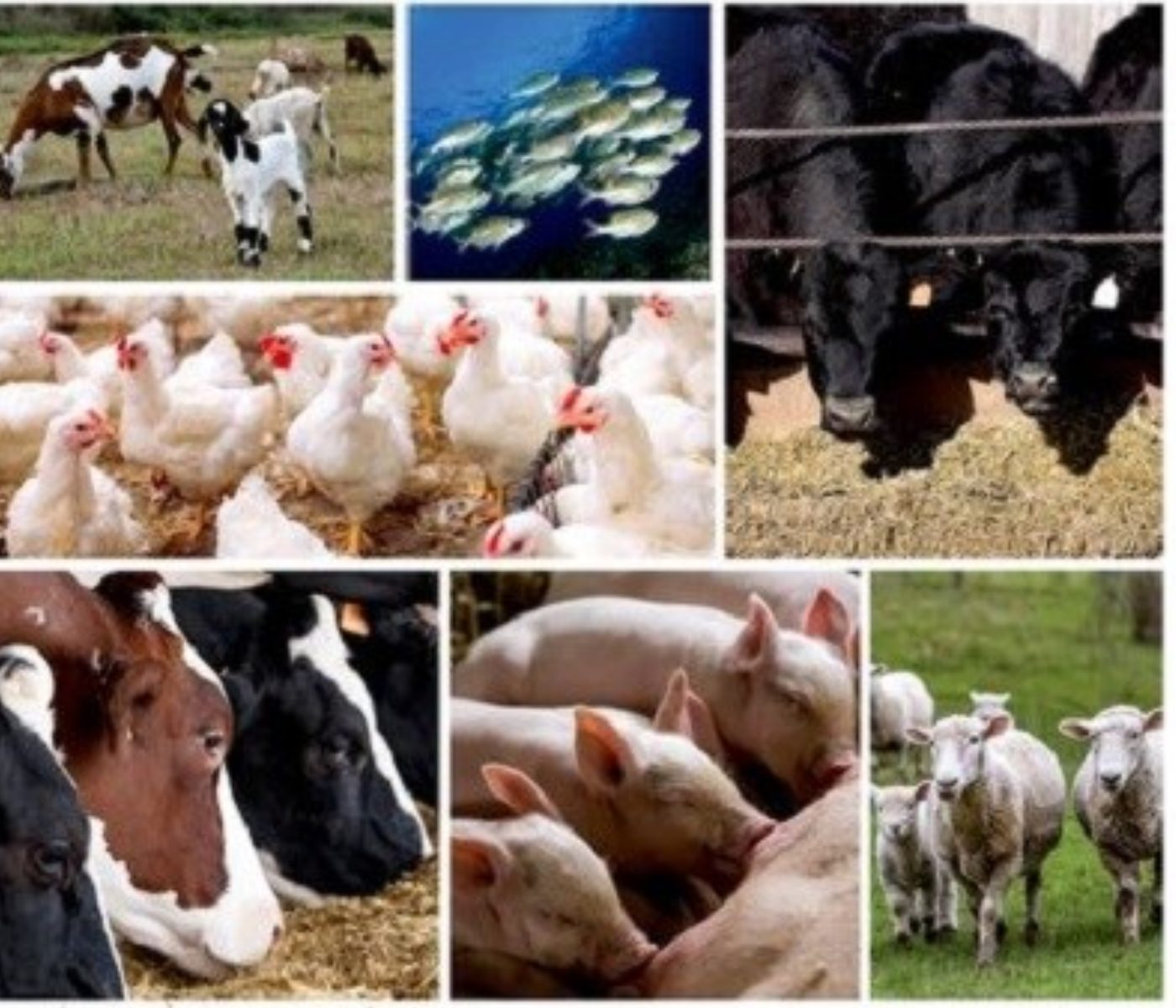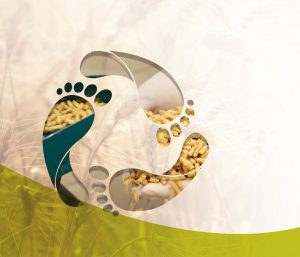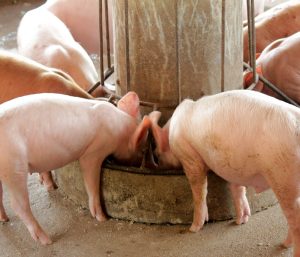 29 May 2023
29 May 2023
Mechanistic Nutrition Models: Paving the Way for Sustainable Food Animal Production
Introduction
As the global demand for animal protein continues to rise, the challenge of meeting this demand sustainably has become paramount. Addressing this challenge requires a comprehensive understanding of the intricate relationship between animal nutrition, production systems, and environmental impact. Mechanistic nutrition models offer a powerful tool to analyze and optimize the complex interactions within food animal production. In this entry, we explore the significance of mechanistic nutrition models in identifying sustainable solutions for food animal production.

Understanding the Complexity
Food animal production systems are multifaceted, involving numerous factors such as animal genetics, nutrition, management practices, and environmental impacts. Traditional approaches to nutrition formulation often overlook the dynamic interplay between these elements. However, mechanistic nutrition models simulate and quantify these relationships, providing a deeper understanding of how dietary interventions affect animal growth, health, and resource utilization.
Predictive Power
Mechanistic nutrition models utilize mathematical equations to represent the biological processes and physiological responses occurring within animals. By integrating data on nutrient requirements, digestion, metabolism, and nutrient utilization, these models can predict the performance of animals under various dietary and environmental scenarios. They enable researchers and industry professionals to evaluate the consequences of different feeding strategies, assess nutrient utilization efficiency, and predict the environmental impact of food animal production systems.
Optimizing Efficiency and Sustainability
The utilization of mechanistic nutrition models allows for the identification of strategies that optimize both efficiency and sustainability in food animal production. These models enable precise formulation of diets tailored to meet the nutritional requirements of animals, ensuring optimal growth, reproduction, and health. By quantifying nutrient utilization efficiency, they provide insights into reducing resource wastage, minimizing environmental pollution, and mitigating the carbon footprint associated with animal agriculture.

Targeted Interventions
Mechanistic nutrition models facilitate targeted interventions to address specific challenges within food animal production systems. For example, they can be used to evaluate the effects of alternative feed ingredients or additives, such as prebiotics or enzymes, on animal performance and nutrient utilization. These models also assist in assessing the impact of management practices, such as precision feeding or feed scheduling, on production efficiency and environmental sustainability.

Collaboration and Knowledge Sharing
The development and utilization of mechanistic nutrition models require collaboration among scientists, nutritionists, producers, and policymakers. Sharing knowledge and data across disciplines and sectors can enhance the accuracy and applicability of these models, leading to more effective and sustainable strategies for food animal production. Collaborative efforts can help refine and validate models, enabling them to become reliable decision-support tools for stakeholders across the industry.
Conclusions
Mechanistic nutrition models offer a holistic and quantitative approach to understanding the complex dynamics of food animal production systems. By simulating and predicting the interactions between animal nutrition, physiology, and the environment, these models facilitate the identification of sustainable solutions. Optimizing efficiency, reducing environmental impact, and ensuring animal welfare are among the many benefits of utilizing mechanistic nutrition models. Continued investment in research, collaboration, and knowledge sharing in this field will drive advancements in sustainable food animal production and contribute to global food security in an environmentally responsible manner.
You may also like to read: “Mechanistic modeling: Predicting P & Ca requirements for swine & poultry.”
Subscribe now to the technical magazine of animal nutrition
AUTHORS

Nutritional Interventions to Improve Fertility in Male Broiler Breeders
Edgar Oviedo
The Use of Organic Acids in Poultry: A Natural Path to Health and Productivity
M. Naeem
Synergistic Benefits of Prebiotics and Probiotics in Poultry, Swine, and Cattle
Gustavo Adolfo Quintana-Ospina
Hybrid Rye Potential in Laying Hen Feed Rations
Gwendolyn Jones
A day in the life of phosphorus in pigs: Part I
Rafael Duran Giménez-Rico
Use of enzymes in diets for ruminants
Braulio de la Calle Campos
Minerals and Hoof Health in the Pregnant Sow
Juan Gabriel Espino
Impact of Oxidized Fats on Swine Reproduction and Offspring
Maria Alejandra Perez Alvarado